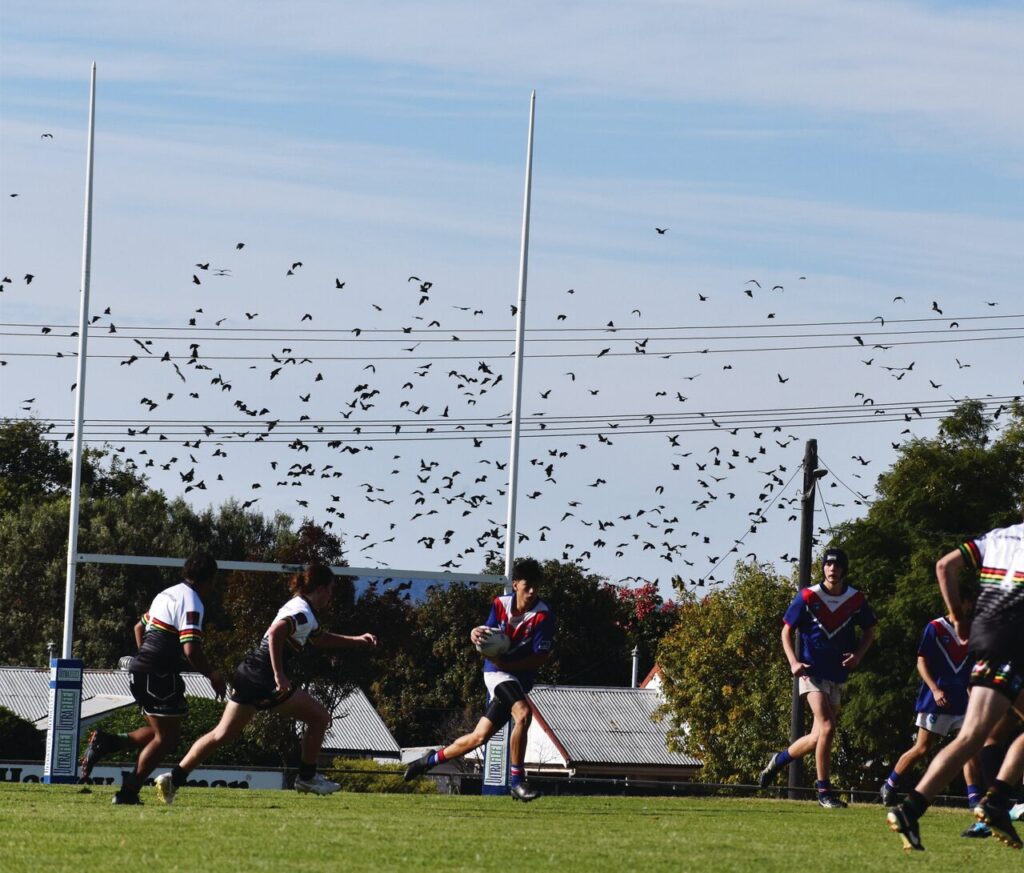
Health authorities are cautioning residents against handling flying foxes or microbats, regardless of their condition, to prevent potential infections, including the deadly Australian bat lyssavirus. With the advent of spring and warmer temperatures, encounters with these creatures are expected to rise, prompting renewed warnings from experts.
Dr. David Durrheim, Public Health Physician at the Hunter New England Local Health District, emphasized the importance of avoiding contact with bats. “If a flying fox or microbat is found on the ground or appears to need help, it’s important not to touch or handle it, whether it is dead or alive,” Dr. Durrheim advised. Instead, he urged the public to contact wildlife rescue services for assistance.
Understanding the Risks and Safety Measures
In the event of a bat bite or scratch, immediate action is crucial. Affected individuals should wash the wound thoroughly with soap and water for at least 15 minutes and apply antiseptic. “Anyone who has had contact with a bat must also seek medical attention as soon as possible to assess whether they are at risk of infection and to access post-exposure treatment and vaccination if required,” Dr. Durrheim added.
Earlier this year, the Gunnedah Times reported an increase in local bat activity, attributed to food availability, particularly the flowering white box. Experienced bat carer Storm Stanford explained that the woodland eucalypt is highly favored by bats for its “high nectar flow” and nutritional value. “The thing that brings the bats in, is the food,” she noted.
The Nature of Australian Bat Lyssavirus
Australian bat lyssavirus, a member of the lyssavirus group that includes rabies, poses a serious health risk. It can be transmitted to humans through contact with bat saliva via open wounds, eyes, or mouth. While rabies is found in mammals worldwide, including in regions close to Australia such as Bali and Thailand, Australian bat lyssavirus is specific to infected flying foxes and bats.
Stanford reassured residents that while bats are a protected species, they are generally safe if left undisturbed. “If you don’t come into contact with the animal, you can’t get sick,” she stated. However, she stressed the importance of post-exposure treatment for those bitten or scratched, as there is no effective treatment once symptoms begin.
Community Guidance and Resources
Authorities recommend contacting local wildlife rescue services if a bat is found injured or in distress. Some of the available providers include WIRES at 1300 094 737 and Hunter Wildlife Rescue at 0418 628 483. These organizations are equipped to handle the safe rescue and rehabilitation of bats.
As the community navigates the challenges of increased bat activity, the emphasis remains on public safety and awareness. By following expert advice and utilizing available resources, residents can coexist safely with these important yet potentially hazardous creatures.






